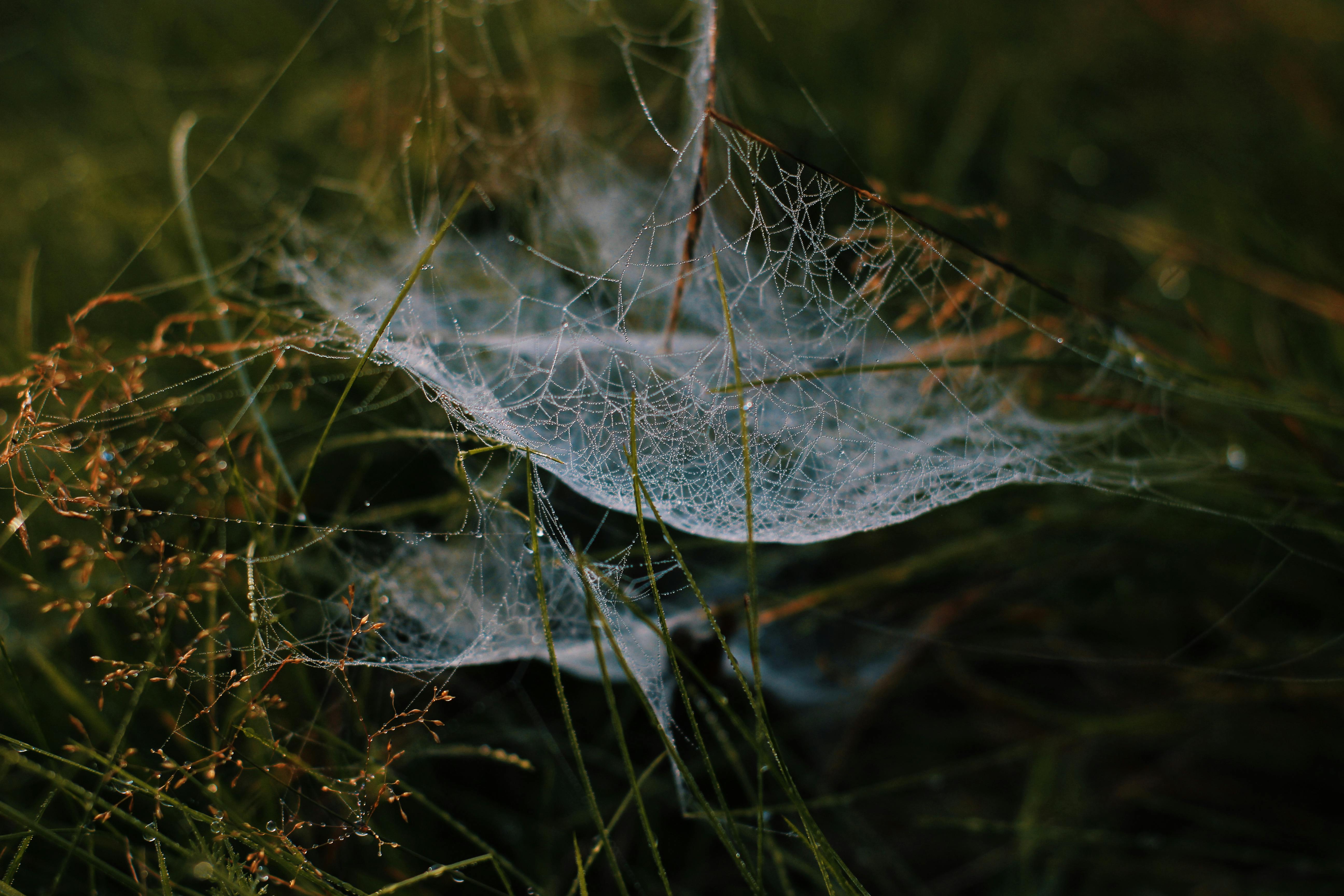If you’ve been caring for your spider plant for some time now, you may be wondering why it’s suddenly starting to die. Spider plants are incredibly resilient and hardy, so it can be disheartening when one starts to show signs of distress. In this article, we’ll discuss the most common reasons why spider plants die, and what you can do to help revive your plant and prevent future problems.There are a few possible reasons why your spider plant might be dying. One of the most common causes is inadequate sunlight. Spider plants need at least 6 hours of bright, indirect sunlight each day in order to thrive. Without enough light, the leaves will become pale and the plant will eventually die. It is also important to make sure your spider plant is getting enough water. Overwatering can cause root rot and kill the plant, while underwatering will cause the leaves to dry out and die. Finally, check for signs of pests or disease, such as discolored spots on the leaves or webbing near the base of the stems. If you suspect pests or disease, treat your spider plant with an appropriate pesticide or fungicide.
Environmental Causes of Spider Plant Death
Spider plants are a popular houseplant, but they can be sensitive to environmental conditions. Poorly drained soil, too much or too little sunlight, and incorrect watering practices can all lead to the death of a spider plant. Improper care can also cause the leaves to become discolored and wilted. To keep your spider plant healthy, it’s important to provide it with the right environment.
The first environmental factor that can cause spider plant death is incorrect soil drainage. A spider plant needs well-drained soil in order to thrive. If the soil is too wet, it can cause root rot which will eventually kill the plant. To avoid this, make sure you use a potting mix that drains well and has plenty of organic material such as peat moss or compost added to it.
Incorrect lighting is another common cause of spider plant death. Spider plants prefer bright indirect light but not direct sunlight. If your spider plant is placed in direct sunlight for too long, its leaves will start to burn and turn brown. It’s best to place your spider plant near a window where it receives indirect light for most of the day but not direct sun rays for more than an hour or two at a time.
Finally, improper watering practices can also lead to the demise of a spider plant. Spider plants need to be watered regularly but not overly so because over-watering can lead to root rot which will eventually kill the plant. Make sure you only water your spider plant when the top inch or two of soil feels dry and avoid overwatering at all costs.
Signs of a Dying Spider Plant
Spider plants are one of the most popular houseplants to have, as they’re easy to grow and maintain. However, even with the best care, spider plants can suffer from problems and die if not addressed in time. It is important to recognize the signs of a dying spider plant so you can take action to remedy the situation. Some of the common signs of a dying spider plant include yellowing or browning leaves, wilting foliage, decreased growth, and poor root health.
Yellowing or browning leaves indicate that there is an issue with your spider plant’s health. This could be caused by too much water or not enough water, too much fertilizer, or an insect infestation. Yellow leaves may also be caused by too much sunlight or not enough sunlight. Wilting foliage could also be a sign that your spider plant is not getting enough water or nutrients or that it’s being overwatered.
Decreased growth is another sign that your spider plant may be in trouble. If you notice that new leaves aren’t growing or existing ones are starting to die off, this could indicate that your plant isn’t getting enough nutrients or light. Poor root health can also affect your spider plant’s growth and cause problems such as wilting foliage and yellowing leaves. If you notice any of these signs, it’s important to take action right away to ensure that your spider plant remains healthy and happy for years to come.
Watering Requirements for a Healthy Spider Plant
Spider plants are easy to maintain and require minimal watering. However, it is important to provide enough water to keep your spider plant healthy. To do this, you should water the plant thoroughly when the top inch of soil is dry. Make sure that you are not over-watering the plant, as this can cause root rot and other problems. If you are unsure if your spider plant needs water, stick your finger into the soil up to the first knuckle; if it feels dry, it’s time to water. You should also make sure that there is good drainage in your pot so that excess water does not pool at the bottom or sit in the soil for too long. Additionally, you may want to fertilize your spider plant once a month during its active growing season (spring through early fall).
Overall, spider plants do not require much maintenance and can tolerate a wide range of soils and watering schedules. However, making sure that your spider plant is getting enough water and fertilizing it occasionally will help keep it healthy and looking its best!

Too Much or Too Little Sunlight for a Spider Plant
Spider plants are one of the most popular houseplants because they are easy to care for and thrive in a variety of environments. While they can tolerate low light, too little sunlight can cause the leaves to turn yellow and become limp. On the other hand, too much sunlight can scorch the leaves, turning them brown or even black. In order to keep your spider plant healthy and vibrant, it is important to provide just the right amount of sunlight.
In general, spider plants prefer bright, indirect light and will thrive if placed near an east or west-facing window. If placed in direct sunlight, however, it is best to move the plant back a few feet so that it is not directly exposed. Sun exposure should be limited to no more than 4 hours per day in order to avoid burning the leaves.
For those without access to natural light, artificial lighting can be used as an alternative source of illumination for your spider plant. Fluorescent bulbs are ideal as they produce a spectrum of light similar to natural sunlight without producing much heat. Positioning lights a few feet away from your spider plant will help ensure that it does not get burned by intense lighting.
Overall, providing your spider plant with just the right amount of sunlight is essential for keeping it healthy and vibrant. If you notice that your spider plant’s leaves are beginning to turn yellow or brown, adjust its position in relation to natural or artificial light sources accordingly. With proper care and attention, you can enjoy having a beautiful spider plant in your home for years to come!
Proper Fertilizer for Spider Plants
Spider plants are a popular houseplant due to their ease of care and vibrant foliage. While they are hardy and can tolerate a range of growing conditions, they will benefit from regular fertilizing. The best fertilizer for spider plants should be balanced and provide the necessary nutrients for healthy growth.
When it comes to fertilizing spider plants, there are several options available. A balanced, water-soluble fertilizer with an NPK ratio of 10-10-10 is ideal for spider plants. This type of fertilizer is easy to apply and will provide the plant with all the necessary nutrients in one easy application. Alternatively, a slow-release granular fertilizer can be used as well. This type of fertilizer is applied once every two months or so and slowly releases the nutrients over time, providing a steady supply of vital nutrients to your spider plant over an extended period of time.
When applying fertilizer to your spider plant, it is important to follow the directions on the label carefully. Overfertilizing can be detrimental to your plant’s health, so make sure you only use the recommended amount. Additionally, avoid fertilizing during periods of extreme heat or drought as this could damage your plant’s roots.
Overall, proper fertilizing is an important part of caring for a healthy spider plant. Choose a balanced water-soluble or slow-release granular fertilizer that meets your spider plant’s needs and follow the instructions on the label carefully for best results.
Additionally, consider supplementing your regular fertilization routine with liquid seaweed extract which contains micronutrients that help promote strong root development and overall health in your spider plant.
Pests That Can Harm Your Spider Plant
Spider plants are quite resilient and can tolerate a wide range of temperatures and humidity levels. However, they are still vulnerable to certain pests that can attack them and cause significant damage. The most common pests that can harm your spider plant include aphids, mealybugs, whiteflies, thrips, and spider mites. These pests are small in size and can easily go unnoticed until the damage they cause is already done.
Aphids are small insects with soft bodies that feed on the sap of plants. They can reproduce quickly and can cause wilting or yellowing of leaves if left unchecked. Mealybugs are tiny white insects covered in a wax-like substance and feed on plant juices. They tend to congregate in large numbers around the stems of the plant, which can stunt growth and cause discoloration of the leaves.
Whiteflies are small white flies that feed on the underside of spider plant leaves, leaving behind sticky residue called honeydew which can attract ants and other insects. Thrips are tiny black bugs that suck up sap from plants, leaving behind yellow spots on the foliage. They also carry viruses which can be harmful to your spider plant if left untreated.
Finally, spider mites are tiny arachnids that feed on plant sap by piercing through leaves with their mouthparts. This causes discoloration or bronzing of the foliage and webbing between leaves or stems which is a sure sign that your spider plant is infested with these pests.
Fortunately, there are several methods you can use to control these common pests. Handpicking any visible insects off your spider plant is one option as well as introducing beneficial insects such as ladybugs or lacewings which will prey upon them naturally. You may also want to spray your plants with insecticidal soap or neem oil which will kill off any bugs without harming your spider plant itself.

Conclusion
Spider plants are easy to care for and require very little effort to maintain. However, when they become unhealthy, it’s important to pay attention to the signs and take the appropriate steps to ensure they survive. Spider plants dying can be caused by a variety of factors, such as improper watering, over-fertilizing, inadequate light, or pests. By learning the signs of a distressed spider plant and understanding how best to care for it, you can keep your spider plant healthy and thriving.
No matter your experience level with houseplants, taking proper care of your spider plant is essential if you want it to remain healthy. With a bit of knowledge and dedication, any gardener can successfully tend their spider plants for years to come!

